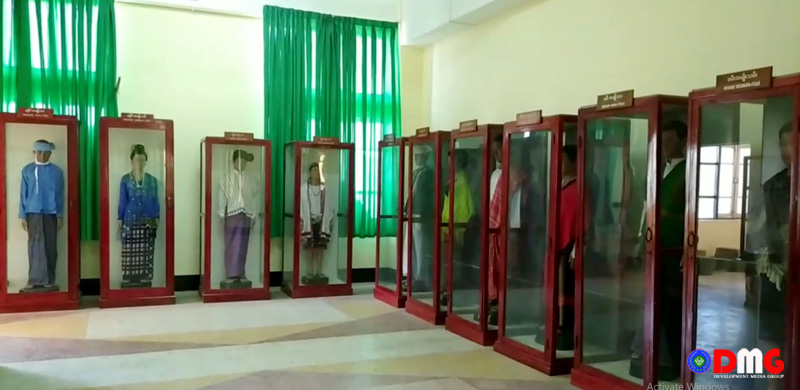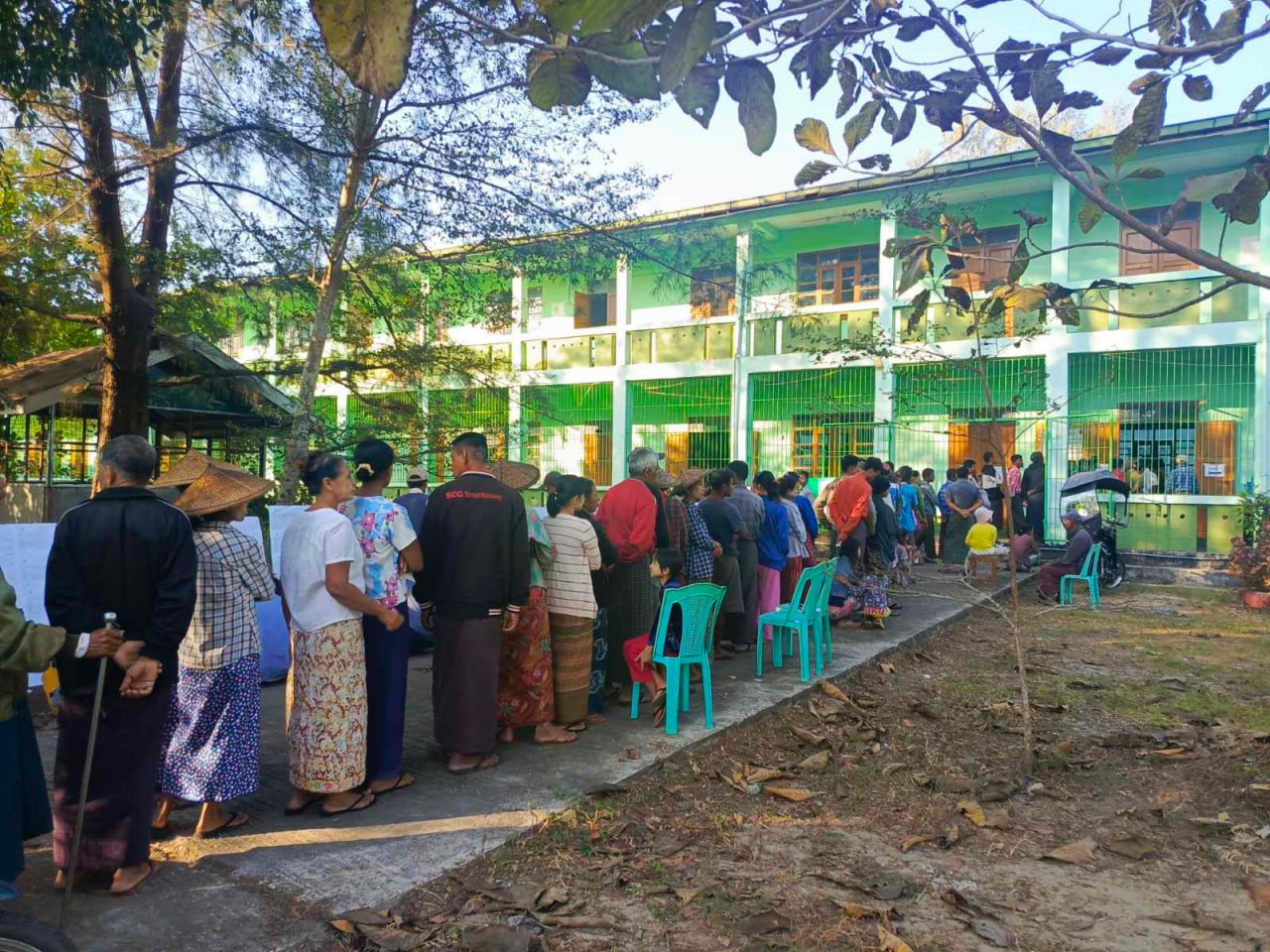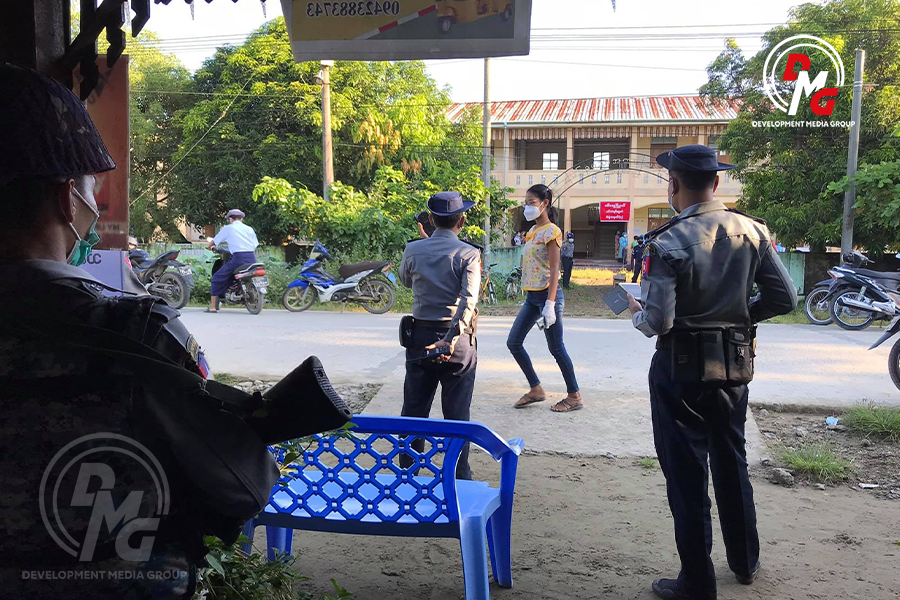- Junta unable to hold elections in dozens of wards and village-tracts in Sittwe, Kyaukphyu
- Fighting escalates between Myanmar military, Arakan Army in Ayeyarwady Region
- Regime steps up civilian arrests in Sittwe
- ULA safeguards Mrauk-U's ancient heritage
- Arakan on the Edge: What the DMG Landmine Impact Report Reveals About Myanmar's Deepening Humanitarian Crisis
Ethnic Kaman and Maramargyi want their statues displayed at Sittwe cultural museum
Members of the Kaman and Maramargyi ethnic groups are demanding that their tribes’ statues be showcased at the cultural museum in the Arakan State capital Sittwe.
11 Feb 2023

DMG Newsroom
11 February 2023, Sittwe
Members of the Kaman and Maramargyi ethnic groups are demanding that their tribes’ statues be showcased at the cultural museum in the Arakan State capital Sittwe.
Ko Zaw Naing Oo, a youth leader of the Maramargyi, said the traditional customs of some Arakan State-based ethnic groups can be seen and studied at the cultural museum in Sittwe, but that is not currently the case for the Maramargyi people.
“This cultural museum is the best integrated display to learn about the cultural characteristics of the tribes in Arakan State. I find it very sad that there is nothing to learn about the Maramargyi people in the cultural museum, which has been put on display for the public to study,” he said.
The cultural museum in Sittwe displays figurines of Arakanese “subgroups” such as Daingnet, Mro, Khami, and Thet, as well as these groups’ traditional dress, traditional looms and artwork. The culture museum has not yet exhibited the culture and artefacts of the Kaman and Maramargyi tribes.
As the Kaman people are considered a sub-ethnicity of the Arakanese ethnic group, it is necessary to make known the historical culture of the tribe so that the public can learn about it, according to the vice chairman of the Kaman National Development Party (KNDP), U Tin Ngwe.
“There are [officially] 135 ethnic groups in Myanmar, and there are seven ethnic groups in Arakan State. As the Kamans are officially recognised as an ethnic group, a traditional dress of the Kaman people will need to be displayed in the cultural museum for the public to study,” he said.
The cultural museum in Sittwe was built in 1990. Venerable Waya, patron of the Maramargyi Literature and Culture Association, said that since the construction of the cultural museum, they have been asking for statues and historical cultures to be placed in the museum, with requests submitted to the local government in 2017. Those requests are still being ignored, he added.
“We have submitted to the government to place a statue of the Maramargyi tribe in Sittwe’s cultural museum. In 1991, a museum official told U Maung Sein, a Maramargyi from Sittwe, that if he paid K30,000, a statue of the Maramargyi tribe would be displayed in the cultural museum. U Maung Sein did not pay the money due to various reasons, and the statue of the Maramargyi tribe was not allowed to be displayed,” the monk said.
When DMG enquired about the lack of statues of the Kaman and Maramargyi people in the cultural museum, officials from the junta-controlled Ministry of Ethnic Affairs in Arakan State responded that they could not respond because the matter was not related to the ministry.
Officially, there are seven ethnic groups in Arakan State: Arakanese (Rakhine), Kaman, Khami, Daingnet, Maramargyi, Mro and Thet. One of the state’s largest ethnic groups, self-identifying Rohingy Muslims, are not recognised.






-1.jpg)










